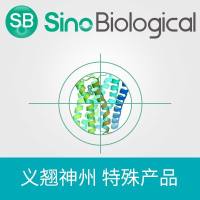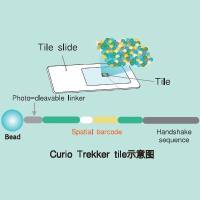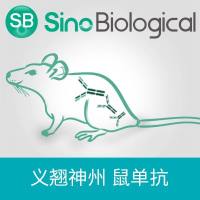Epitope Mapping by Differential Chemical Modification of Antigens
互联网
595
Antibodies are directed against three-dimensional features of proteins, and the recognition of an epitope by an antibody is always a fit of structures in three-dimensional space. In the case of antibodies to native proteins, most or perhaps all epitopes are discontinuous (1 ). Because of the large size of a typical contact epitope in an antigen-antibody crystal, it is unlikely for an antibody to bind exclusively to a contiguous stretch of the polypeptide chain and not also to contact residues apart in sequence, but close in space. Space-filling models of proteins show few linear stretches longer than four to five residues in direct peptide linkage accessible on the molecule’s surface. This complicates epitope mapping. Apart from X-ray diffraction analysis, there is no other single method to map an antigenic determinant on a folded, native protein at atomic resolution. However, the approximate location and outline of a protein epitope may be established by a combination of methods that can be applied to the antigen—antibody complex in solution. One such method is the differential chemical modification of the free and antibody-bound protein. Other methods complementing differential chemical modification are described elsewhere in this volume.









